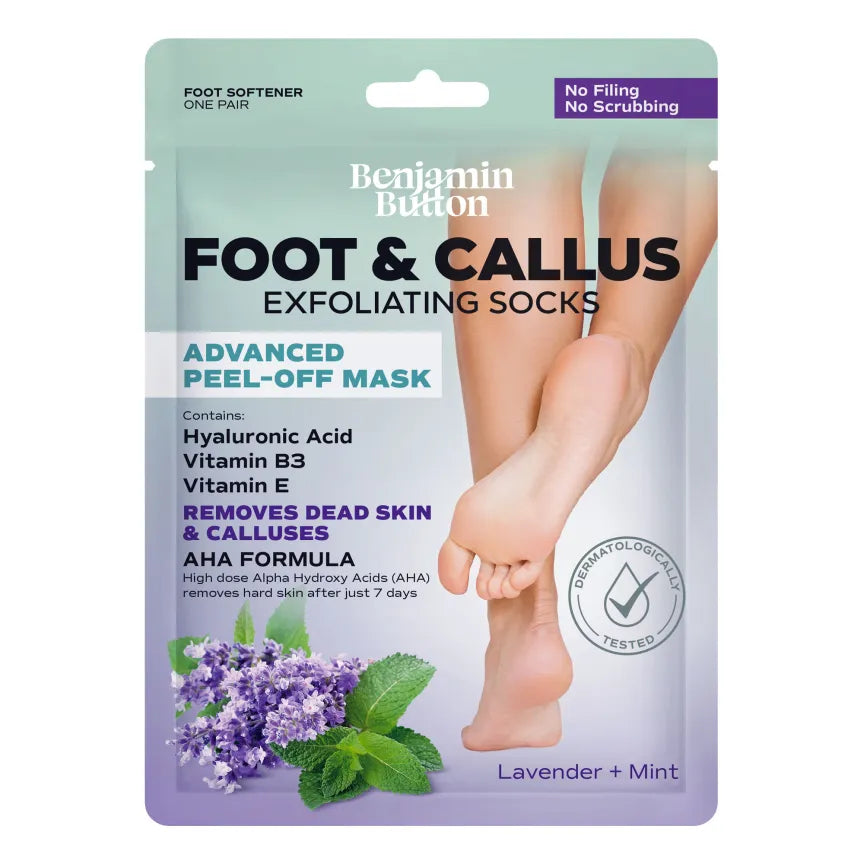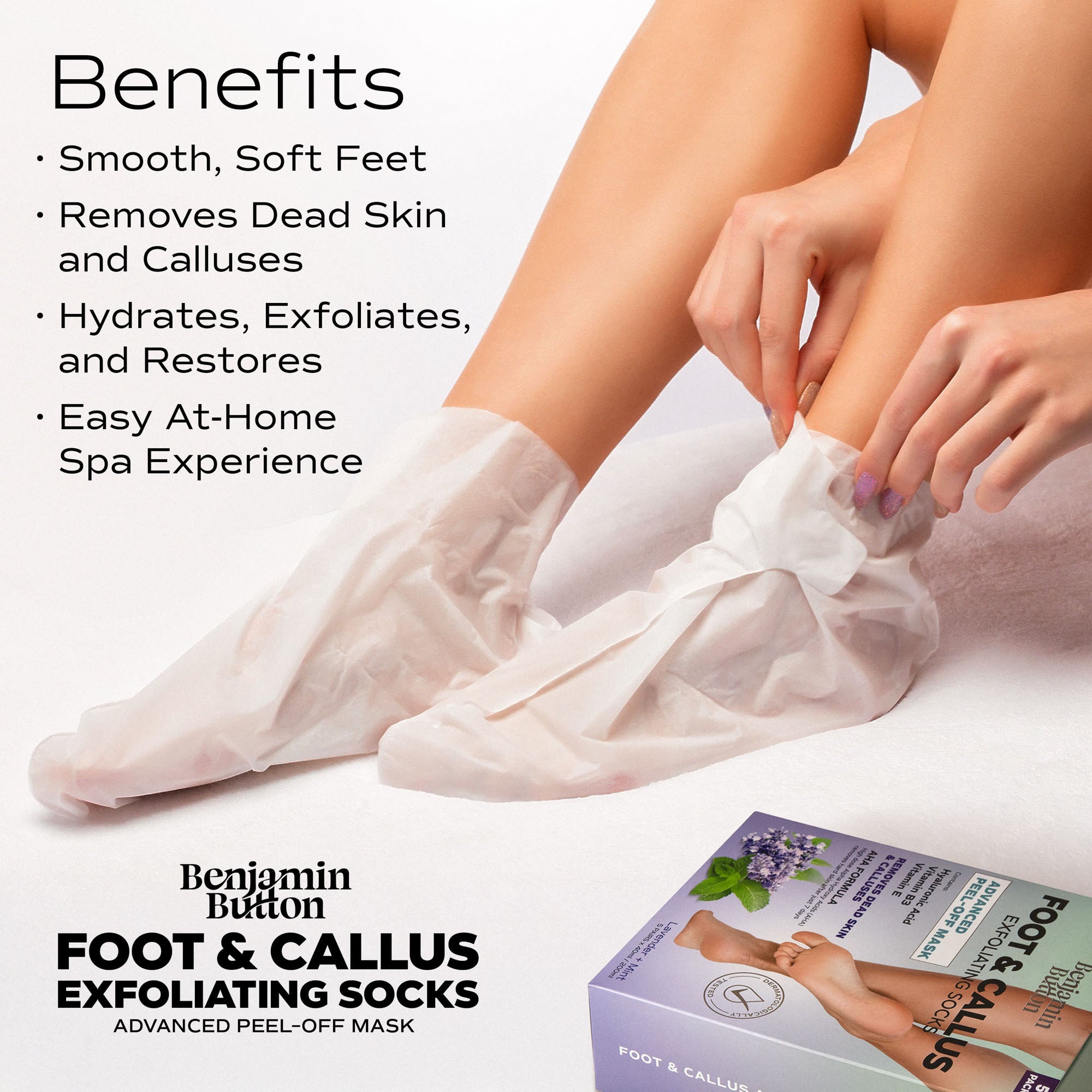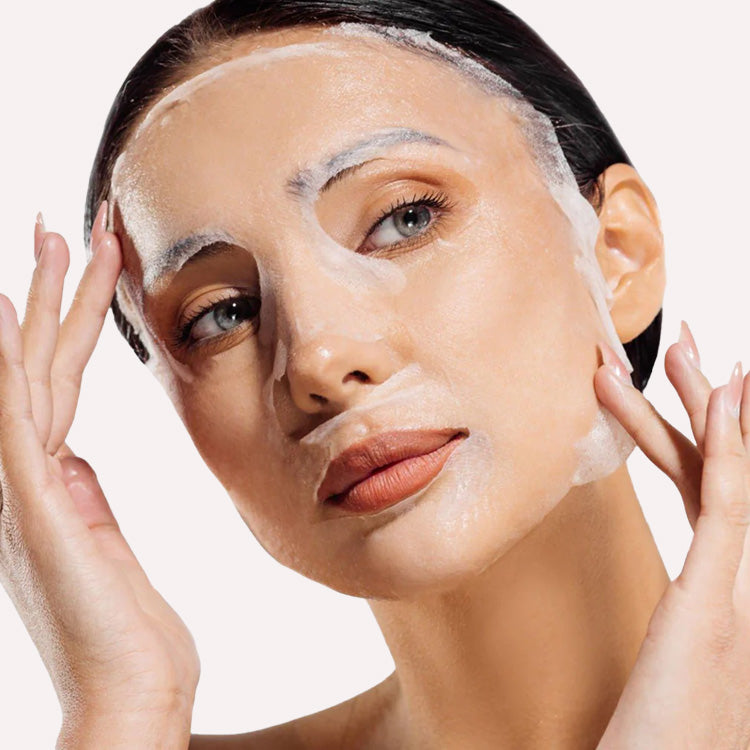Master Leg Curls: Five Mistakes to Avoid for Strong Hamstrings
The quest for powerful hamstrings often leads individuals to the leg curl machine, a staple in many gyms. However, mastering the leg curl exercise is not merely about hitting the gym consistently; understanding the common pitfalls can make all the difference between achieving desired results and risking injury. Below are five mistakes to avoid when performing leg curls, ensuring your hamstring strength development is optimised.1. Incorrect Machine Setup
One of the first steps to effective leg curls is ensuring that the machine is correctly set up. Many gym-goers either neglect this aspect or are unsure how to adjust the machine.Key Adjustments to Consider
- Seat Height: Adjust the seat so that your knees align perfectly with the pivot point of the machine.
- Foot Placement: Your ankles should rest comfortably under the padded lever, not the top of your feet. This ensures proper engagement of the hamstring group.
2. Using Momentum Instead of Muscle
Another frequent mistake is relying on momentum to complete the leg curl. Some might think that swinging the legs or bouncing off the weight stack can enhance the workout, but this approach diminishes its effectiveness.Focusing on Controlled Movements
- Engagement: Keep your core tight and engage your hamstrings through every phase of the movement.
- Slow and Steady: Focus on moving at a deliberate pace—both when curling the weight up and when lowering it back down.
3. Improper Foot Positioning
Foot positioning may seem trivial, but it plays a significant role in managing the effectiveness of leg curls. Incorrect foot placement can either target the wrong muscles or place undue stress on your joints.Foot Placement Techniques
- Neutral Position: Keeping your feet in a neutral position will activate the entire hamstring group and minimise the risk of knee discomfort.
- Toes vs. Heels: Experiment with pointing your toes or keeping them flexed. Pointing may engage more of the inner hamstrings, while flexing can target the outer areas.
4. Ignoring the Full Range of Motion
Many individuals limit their leg curls to partial movements, either due to discomfort or lack of knowledge about the benefits of full-range training. Neglecting to complete the range of motion can stunt your muscle growth.The Importance of Full Motion
- Start Position: Begin with your legs fully extended for maximum stretch before curling the weight upward.
- End Position: Aim to bring your heels toward your glutes, giving your hamstrings the full contraction before lowering them back down.
5. Neglecting Core Engagement
Too many people perform leg curls without considering their core. While most focus solely on their legs, neglecting to engage the core can lead to instability and reduced effectiveness.Core Engagement Strategies
- Keep It Tight: At the start of each curl, ensure your abdominal muscles are engaged. This helps maintain proper alignment and support during the exercise.
- Stabilise: Finding stability in your core will not only support your exercise but also enhances the connection between your upper and lower body, leading to more effective workouts.
Mastering leg curls involves more than just hopping onto a machine and cranking out repetitions. By avoiding these five common mistakes—machine setup, momentum reliance, foot positioning, range of motion, and core engagement—you open up a pathway to incredible hamstring strength. Focus on each aspect as you prepare for your workouts, taking the time to refine your technique. Remember, strong hamstrings not only contribute to a balanced physique but greatly enhance athletic performance and functional movements. Dedication to correct form and mindful practices will yield benefits that not only fuel your fitness journey but foster long-term health as well.






















